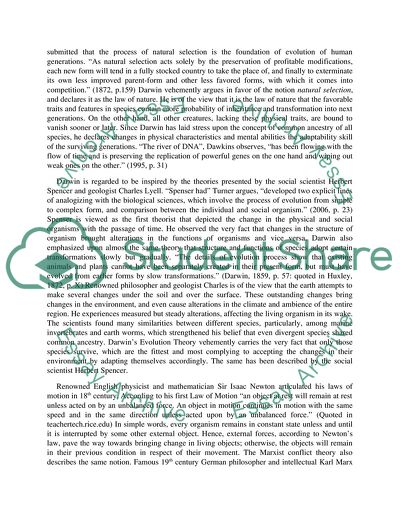Cite this document
(Biological and Social Theories of Evolution Term Paper, n.d.)
Biological and Social Theories of Evolution Term Paper. https://studentshare.org/humanitarian/1748385-what-is-it-about-theories-in-the-human-sciences-and-natural-sciences-that-makes-them-convincing
Biological and Social Theories of Evolution Term Paper. https://studentshare.org/humanitarian/1748385-what-is-it-about-theories-in-the-human-sciences-and-natural-sciences-that-makes-them-convincing
(Biological and Social Theories of Evolution Term Paper)
Biological and Social Theories of Evolution Term Paper. https://studentshare.org/humanitarian/1748385-what-is-it-about-theories-in-the-human-sciences-and-natural-sciences-that-makes-them-convincing.
Biological and Social Theories of Evolution Term Paper. https://studentshare.org/humanitarian/1748385-what-is-it-about-theories-in-the-human-sciences-and-natural-sciences-that-makes-them-convincing.
“Biological and Social Theories of Evolution Term Paper”. https://studentshare.org/humanitarian/1748385-what-is-it-about-theories-in-the-human-sciences-and-natural-sciences-that-makes-them-convincing.


